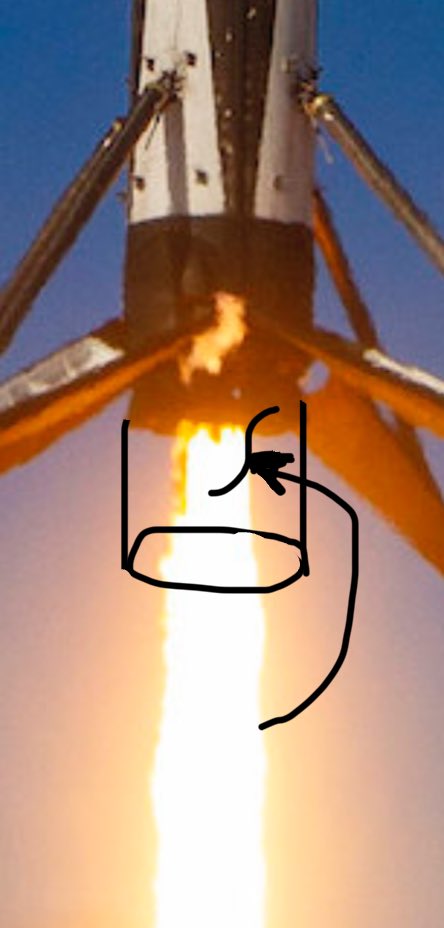Granular physics is awesome because non-intuitive macroscopic behaviors appear as the result of sand-grain-sized (mesoscopic) interactions. The existence of grain-scale physics makes granular matter different than ordinary continuum matter (solid, liquid, or gas). HT @IanMolony
https://twitter.com/mashable/status/1163386874653810695
2/ When I did my doctoral work in the physics of granular materials, this sort of non-intuitive sand experiment was all the rage. This particular experiment is new, demonstrating that there are still surprises to discover in physics!
3/ For another example of freakishly amazing granular physics, check out the three short clips of water drops landing in sand, here: pnas.org/content/112/2/…
• • •
Missing some Tweet in this thread? You can try to
force a refresh










